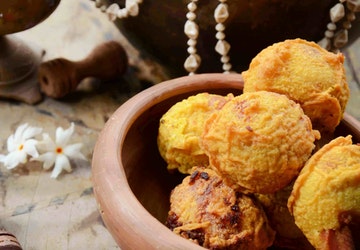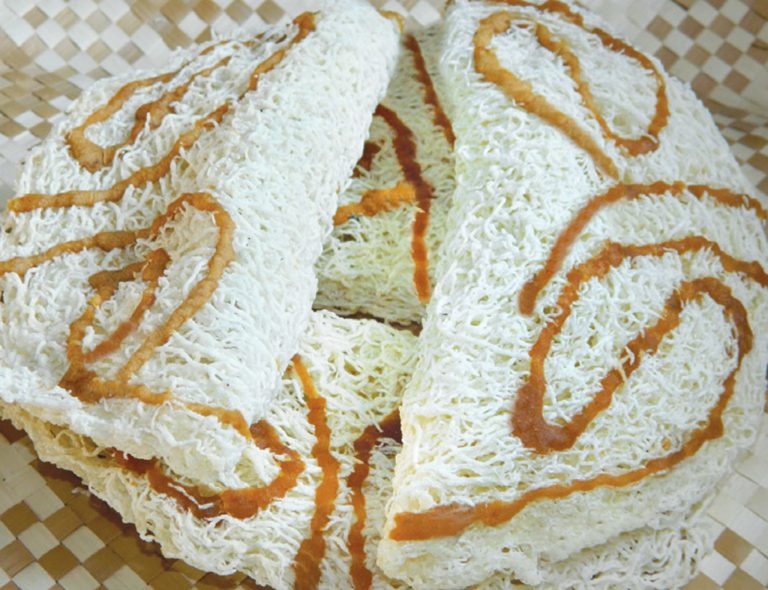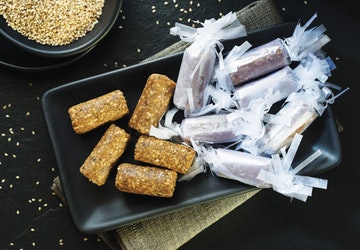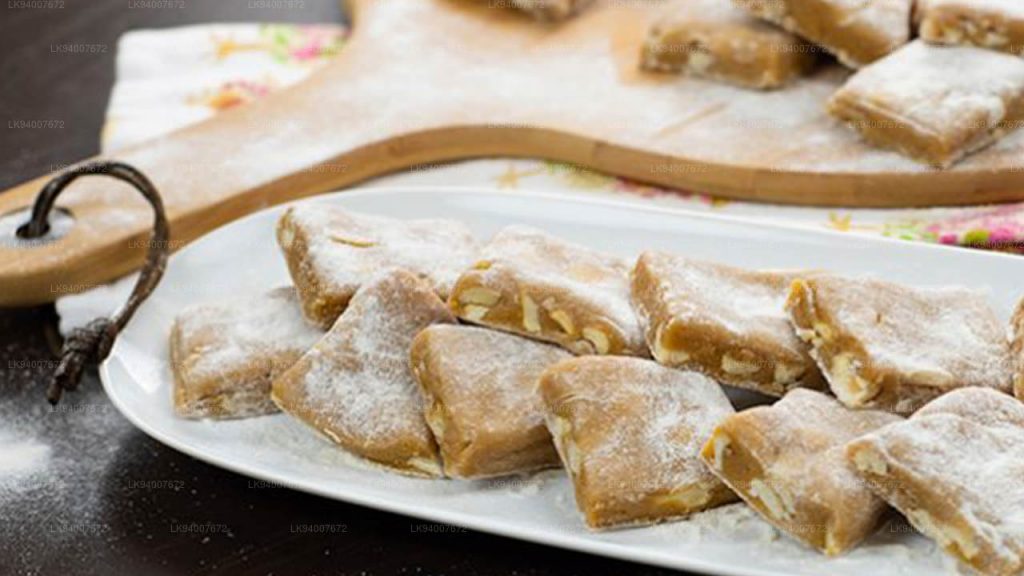For most Sri Lankans, their best Avurudu memories revolve around tasting delicious sweetmeats at an auspicious time, all united as one nation. Today, let’s take a peek at 10 popular Sri Lankan sweets which indeed are treats for your palate!
01. Oil Cakes (කොණ්ඩ කැවුම්)

Otherwise known as the king of sweets, no Avurudu table is complete without mouthwatering oil cakes. Its origin dates back to the times of the Buddha, where people enjoyed this as a sweetmeat during festivities in India, according to ancient scripts.
02. Kokis (කොකිස්)

Everybody loves this crispy, crunchy snack descended from the Dutch. Kokis, is derived from the Dutch word ‘Koekjes’, which translates as ‘Little cake’ in to English. Though its normally made with rice flour and coconut milk, some add curry leaves to spice it up.
03. Pani Walalu (උඳු වැල්)

Who can say ‘no’ to this divine treat, literally oozing sweetness? Originated in ‘Persia’, it is assumed to have been introduced by the Arabic merchants. Speciality of pani walalu is that they are dipped in treacle for a long time after being deep fried.
04. Narang Kavum (නාරං කැවුම්)

Narang kavum is another exotic delicacy that emerges during festivities. Small and round like a mandarin orange (‘Narang’ in sinhala), its named aptly for the shape. Deep fried for the longevity, this is a popular sweet among the southern part of Sri Lanka.
05. Wali Thalapa (සව් දොදොල්)

Funnily enough, Wali thalapa or Sau dodol neither contains sand, nor is made of sago and is purely named for its sandy, sago-like texture. Sri Lankan House wives follow the same method of preparing ‘pittu’, and add kithul treacle to make Sau dodol.
06. Asmi (ආස්මි)

This authentic treat fried twice is a delicacy you need to try at least once in your lifetime. The origin of Asmi is South East Asia, specifically the Indonesian and Malaysian regions, where it is a popular sweet among the Iban people.
07. Coconut Cake (බිබික්කන්)

Also named as ‘coconut cake’, we have to thank the Portuguese for introducing this sweet confection. Bibikkan is so unlike a normal cake with its rich, spicy flavour, and is a popular sweet among the coastal areas of the country.
08. Sesami Rolls (තල කැරලි)

Sesame rolls are not limited to the traditional Avurudu table, but also is a sweet you can enjoy with a cup of plain tea any day. Oily and sweet, it takes no master chef to make this simple, yet tasty traditional toffee.
09. Aluwa (අලුවා)

As per the popular Sinhala verse, Negombo is believed to be the hub of tasty Aluwa, and even today this traditional delicacy is seen on shop counters during church feasts. In addition, it has become a welcome sight adorning Avurudu tables in every province.
10. Mung Kavum (මුං කැවුම්)

This deep-fried sweetness usually lasts the longest as an after-Avurudu treat. Just like Oil Cakes, the origins of Mung Kavum dates back to ancient times. Detoxing quality in green grams converts it into a sweet with medicinal value.
Today, traditional sweets have lost their allure and appear only at the ‘Avurudu table’. Let’s change the tradition and make a few sweets at home to experience the spirit of Sinhala & Tamil New Year.

